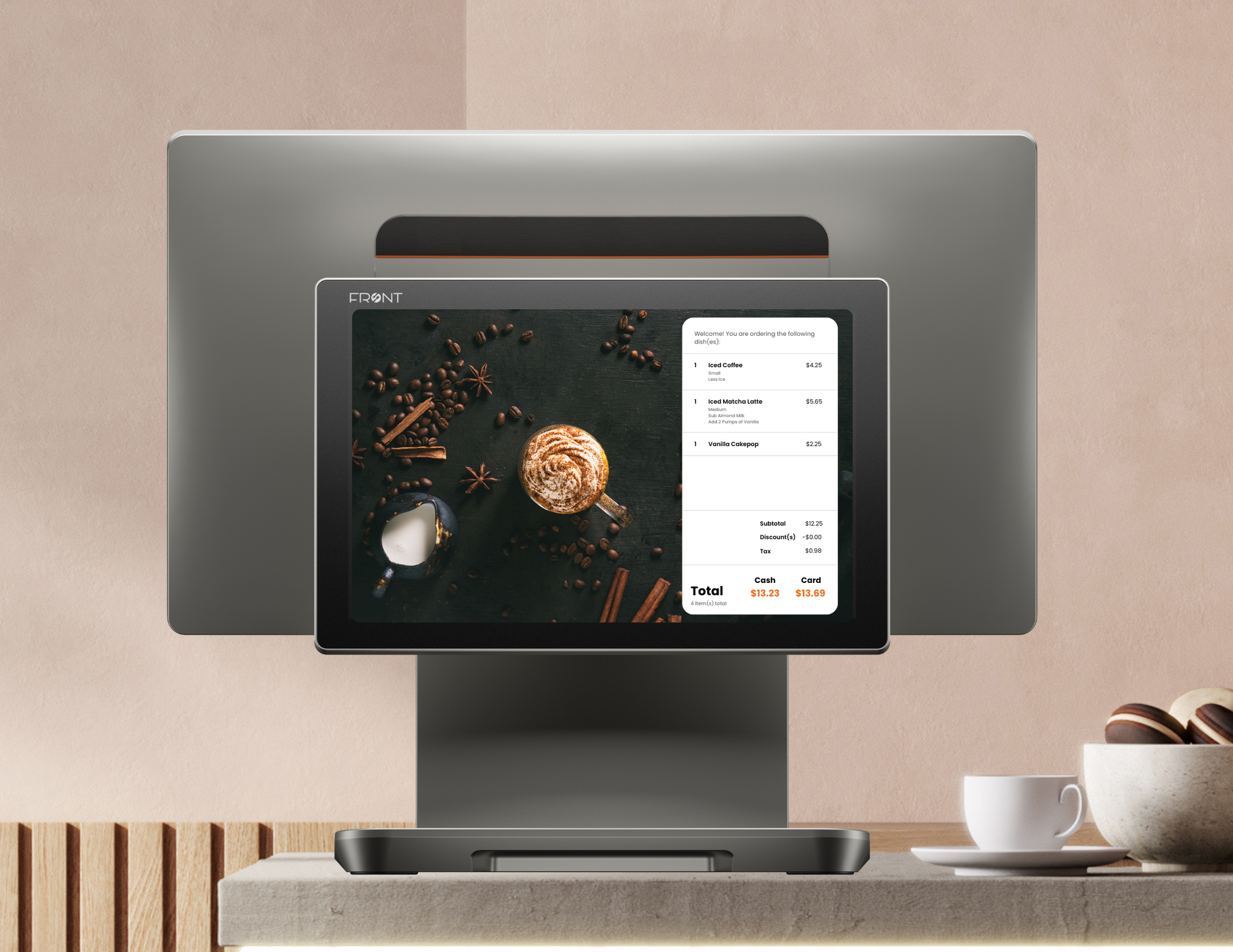Understanding Surcharges, Convenience Fees, and Cash Discounts: A Guide for Restaurant Owners
We’ve all been there.
You’re at your favorite restaurant. The food was great, the service was perfect, and you’re ready to pay. But then—you spot an extra charge on the bill. Maybe it’s a “3% credit card fee” or a “convenience fee” for paying online. It’s frustrating, right?
If this has happened to you, you’re not alone.
More restaurants and businesses are adding fees like these. They’re trying to cover the cost of credit card processing fees.
Here’s the thing:
Every time a customer pays with a card, a portion goes to card networks and payment processors. These fees might seem small, but they add up fast. For restaurant owners, it can really hurt your profits.
So, what’s the solution?
How can you cover these costs without upsetting your customers?
In this blog, I’ll break it all down for you.
I’ll explain the difference between surcharges, convenience fees, and cash discounts. I’ll also share tips on how to use them in your restaurant.
By the end, you’ll know:
- Which strategy works best for your business.
- How to keep your customers happy while covering costs.
What Are Surcharges, Convenience Fees, and Cash Discounts?
Let’s break it down in simple terms. These are three ways businesses can handle credit card processing fees. Each one works a little differently, so let’s define them clearly:
What is surcharge?
A surcharge program allows businesses to add an extra fee to credit card transactions to cover processing costs.
Here’s how it works:
- When a customer pays with a credit card, a small percentage (e.g., 2-4%) is added to their total bill.
- This fee is passed directly to the customer, so the business doesn’t have to absorb the credit card processing fee.
- The surcharge only applies to credit cards—not debit cards, prepaid cards, or cash payments.
Example:
- Meal cost: $10.00
- 3% surcharge: $0.30
- Total: $10.30
How Does It Work?
- Add the Fee: A percentage fee is added to the total bill for credit card payments.
- Display the Charge: The surcharge must be clearly shown on the receipt as a separate line item.
- Follow the Rules: Surcharges are legal in most states but prohibited in Connecticut, Maine, Massachusetts, and Oklahoma. In Colorado, the surcharge is capped at 2%.
Key Benefits of Surcharges
- Recover Costs: You can pass credit card processing fees directly to customers.
- Keep Base Prices Low: You don’t have to raise menu prices to cover fees.
- Flexible: You can choose the percentage that works best for your business (within legal limits).
Things to Keep in Mind
- Customer Perception: Some customers may see surcharges as an extra cost and feel frustrated.
- Legal Restrictions: Always check your state’s laws before implementing a surcharge program.
- Debit Cards Excluded: Surcharges can only be applied to credit cards, not debit or prepaid cards.
How ZBSPOS Can Help:
With ZBSPOS, you can easily display surcharge on receipts. The system automatically calculates surcharge, ensuring accuracy and transparency.
- Customer Education: Use ZBSPOS to print signage that explains the surcharge program.
What are convenience fees?
A convenience fee is a flat fee added to transactions when customers use a “non-standard” payment method.
Here’s how it works:
- If your standard payment method is in-person, you can charge a convenience fee for online, phone, or other special payment methods.
- This fee helps cover the extra costs of processing these types of payments.
Example:
- Meal cost: $10.00
- Convenience fee: $1.50
- Total: $11.50
How Does It Work?
- Identify Non-Standard Payments: Decide which payment methods (e.g., online, phone) will have the fee.
- Set a Flat Fee: Charge a fixed amount (e.g., $1.50) for these transactions.
- Follow the Rules: Convenience fees are illegal in the same states as surcharges: Connecticut, Maine, Massachusetts, and Oklahoma.
Key Benefits of Convenience Fees
- Cover Extra Costs: You can recover the additional costs of processing non-standard payments.
- Simple Pricing: The fee is a flat amount, making it easy for customers to understand.
- Encourage Standard Payments: Customers may choose in-person payments to avoid the fee.
Things to Keep in Mind
- Limited Recovery: Since convenience fees are flat, they may not fully cover processing costs for larger transactions.
- Customer Perception: Some customers may see the fee as an inconvenience.
- Legal Restrictions: Always check your state’s laws before adding convenience fees.

What is cash discount?
A cash discount program encourages customers to pay with cash (or sometimes check/ACH) by offering them a discount. Here’s how it works:
- The menu or receipt shows two prices: a higher price for credit card payments and a lower price for cash payments.
- The discount is usually equal to the credit card processing fee (e.g., 3%).
- This way, the business avoids paying credit card fees while rewarding customers who pay with cash.
Example:
- Menu price (card payment): $10.00
- Cash discount: $0.30
- Cash price: $9.70
How Does It Work?
- Display Pricing: The “standard” price is shown as the credit card price, and the cash price is listed as a discount.
- Customer Choice: Customers who pay with cash get the lower price, while those who use credit cards pay the full price.
- No Extra Fees: Unlike surcharges, there’s no additional fee added at checkout—just a discount for cash payments.
Key Benefits of Cash Discounts
- Save on Fees: You avoid paying credit card processing fees on cash transactions.
- Encourage Cash Payments: Customers are motivated to pay with cash to save money.
- Transparent Pricing: Customers see the discount upfront, which feels like a reward rather than a penalty.
Things to Keep in Mind
- Customer Perception: Some customers may prefer using cards for convenience, so make sure the program is clearly communicated.
- Legal Compliance: Cash discount programs are legal in all 50 states, but they must be implemented correctly. For example:
- The higher price must be displayed as the “standard” price.
- The discount must be clearly labeled as a cash discount.
- Equipment Updates: You may need to update your POS system to handle dual pricing.
How ZBSPOS Can Help:
With ZBSPOS, you can easily display dual pricing on your menu and receipts. The system automatically applies the cash discount for cash payments, ensuring accuracy and transparency. Here’s how it works:
- Display Dual Pricing: Show both the standard price (for card payments) and the discounted price (for cash payments) on your menu and receipts.
- Automatic Discounts: The system applies the discount automatically when a customer pays with cash, eliminating the need for manual calculations.
- Customer Education: Use ZBSPOS to print signage that explains the cash discount program and what qualifies as a cash payment.
Which one should Your Restaurant Use?
Credit card processing fees are an unavoidable part of running a restaurant, but they don’t have to eat into your profits. By understanding the differences between surcharges, convenience fees, and cash discounts, you can choose the right strategy to offset these costs while keeping your customers happy.
With ZBSPOS, you have the tools you need to implement these strategies effectively and transparently. Whether you opt for a surcharge program to cover card fees, a convenience fee for online orders, or a cash discount to encourage cash payments, our POS system makes it easy to manage and comply with all regulations.





